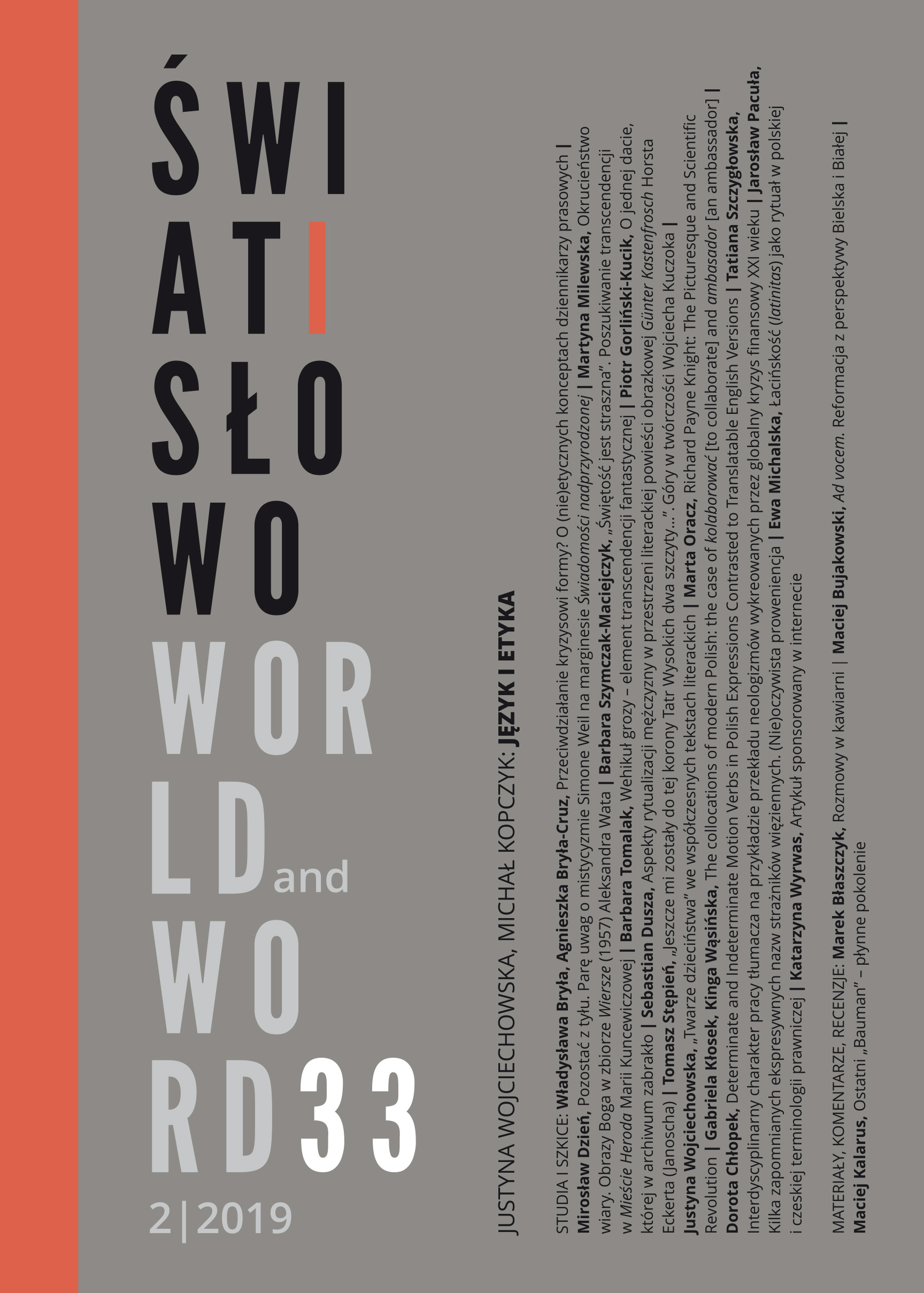Wehikuł grozy – element transcendencji fantastycznej
Wehikuł grozy – element transcendencji fantastycznej
Author(s): Barbara TomalakSubject(s): Social Sciences, Language and Literature Studies, Fine Arts / Performing Arts, Psychology, Studies of Literature, Polish Literature, Psychoanalysis, Film / Cinema / Cinematography, Philology, British Literature, American Literature
Published by: Akademia Techniczno-Humanistyczna w Bielsku-Białej
Keywords: vehicle;demon;madness;hatred;horror;
Summary/Abstract: A universal conviction of mass culture creators is that people enjoy being scared. This conviction has a deeply rooted basis, whose essential part is not only fear, but also a need to experience something mysterious and supernatural. The dread of the “vehicles of horror” is usually two-dimensional: one of the aspects comprising their scariness is their look and supernatural origin, however, also the traveller using the vehicle can be terrifying. The examples analysed in this article show that the texts of culture follow the aforementioned pattern: they combine the horror of the vehicle with the horror of its passenger(s). A normal vehicle takes on the features of the passengers, it can also be infected by their hatred, desire for murder, aggression or madness. On the opposite pole there emerges a vision of the transcendent presence of a demon who takes on the form of the vehicle. All examples of the autonomous vehicles of horror share some features of puzzling anthropomorphism. Hence the obvious conclusion may be drawn: the provenience of the phenomenon (whether internal or external to the human psyche) is unimportant – what really matters is its anthropomorphisation. It is in fact us that we are scared of in the demonic machines.
Journal: Świat i słowo
- Issue Year: 2/2019
- Issue No: 33
- Page Range: 75-92
- Page Count: 18
- Language: Polish

